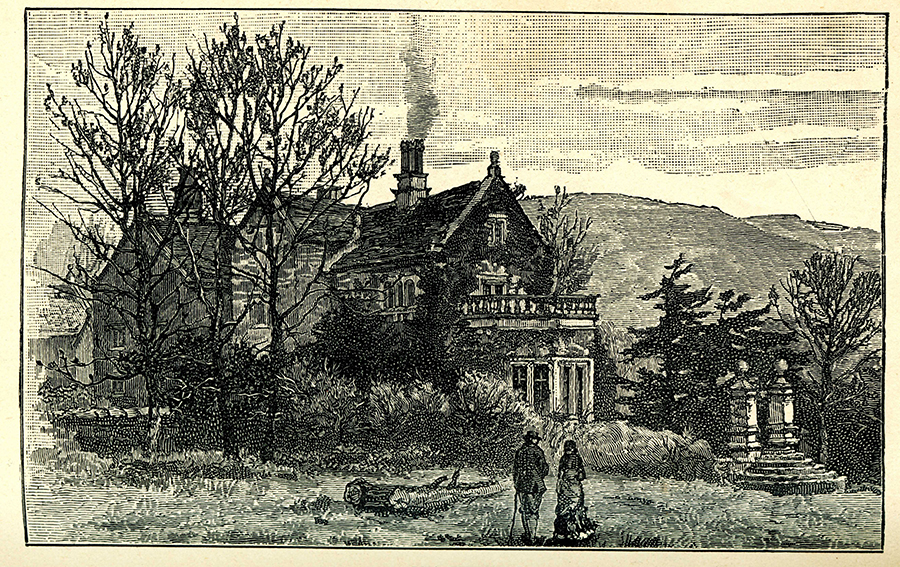Johannes Vermeer – National Gallery of Art
the life and art of johannes vermeer are closely related to the city of delft. He was born in Delft in 1632 and lived there until his death in 1675. His father, Reynier Vermeer, was a silk weaver who produced caffa, a fine satin cloth, but in 1631 he also registered with the Guild of Saint Luke in Delft as a master art dealer. in 1641 he was prosperous enough to buy a large house, the “mechelen”, which housed an inn on the delft market square and in which he probably also sold paintings. When Reynier died in 1652, Johannes apparently inherited the business from him. by then he must have decided on a career as a painter. He is supposed to have trained in Delft, perhaps under Leonard Bramer (Dutch, 1596-1674), who seems to have had close relations with the Vermeer family, or with Carel Fabritius (Dutch, c. 1622-1654). However, no documents exist on his artistic training or apprenticeship, and it is possible that he studied elsewhere, perhaps in Utrecht or Amsterdam.
vermeer, who was baptized on 31 october 1632 in the delft reformed church, grew up as a protestant. In April 1653, however, he married into a Catholic family and seems to have converted to Catholicism shortly before that date to placate his future mother-in-law, Maria Thins, who lived in the so-called Papenhoek (corner of of the papists) of delft, adjacent to the jesuit church on the oude langendijck, one of two hidden churches where catholics could worship. vermeer and his wife, catharina bolnes, finally moved into his house. They named his first daughter Maria and his first son Ignacio, after the patron saint of the Jesuit order.
Vermeer became a master in the Guild of Saint Luke on December 29, 1653. His first aspiration was to be a history painter, and his first works were large-scale mythological and religious paintings. shortly thereafter he began to paint the genre scenes, landscapes, and allegories for which he became famous. Although Vermeer’s subject matter changed in the mid-1650s, he continued to imbue his later works with the quiet, intimate moods he had favored in his early history paintings.
Very little is known about Vermeer’s relationships with other painters who might have influenced the thematic and stylistic directions of his art. He apparently met Gerard Ter Borch the Younger (Dutch, 1617 – 1681), with whom he signed a document in 1653. Another artist who may well have had an impact on his work during the 1650s was Pieter de Hooch (Dutch, 1629 – 1684), who painted comparable scenes in Delft during that period. vermeer remained a respected artist in delft for the rest of his life. He was named a pawn of the Guild of San Lucas in 1662, 1663, 1670 and 1671.
Vermeer’s few works (some thirty-five) were not well known outside of Delft. it has been postulated that many of his paintings were concentrated in the collection of a patron from that city who appears to have had a special relationship with the artist.[1] However, when Vermeer died, he was heavily in debt, partly because his art trading business had suffered during the difficult economic times in the Low Countries in the early 1670s. He was survived by his wife and eleven children, ten of whom who were minors. his wife declared bankruptcy the following year. antonie van leeuwenhoek, the famous delft microscopist, was appointed trustee of the estate.
Vermeer’s works were appreciated during the 18th century, but his fame did not develop until the end of the 19th century, partly as a result of the enthusiastic appraisal of the French critic Théophile Thoré, whose pen name was William Bürger.[2]
[1] john michael montias, vermeer and his millieu: a web of social history (princeton, 1989), 246, has proposed that pieter claesz van ruijven (1624-1674) may have been patron of vermeer.
[2] Theophile E. j. thoré (william bürger), “van der meer de delft”, gazette des beaux-arts 21 (october-december 1866): 297-330, 458-470, 542-575.
arthur k. Wheelock Jr.
April 24, 2014
